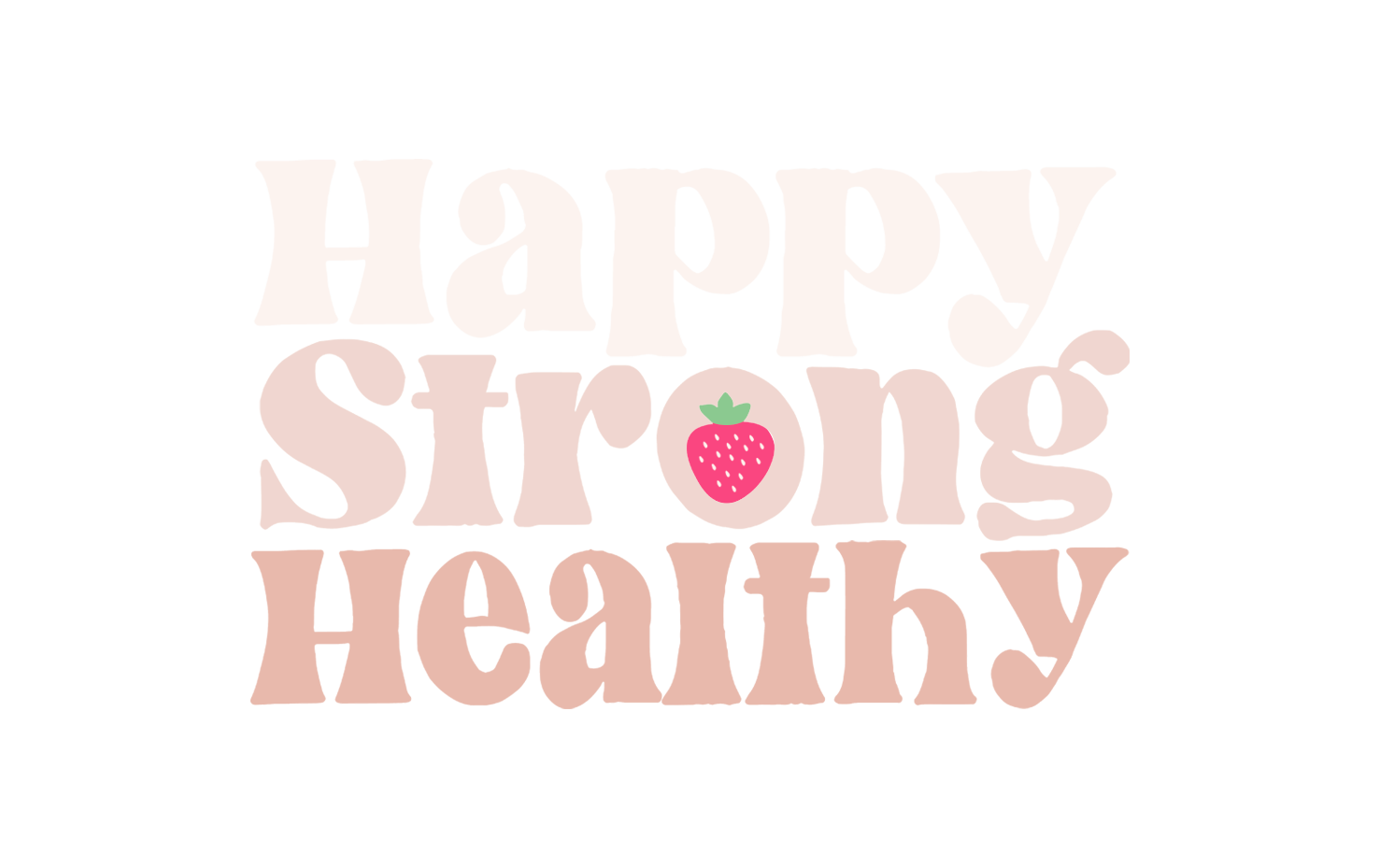The Power of Nutrition Additions for Healthier Eating Habits
What’s something that fad diets have that you won’t find here? Well, to be honest, there are many things (LOL) restriction, strict rules, avoiding foods, etc. but the answer in this case is food additions! Nutrition Addition, let’s talk about it, simple math (because I am not a math girlie) but for food to make your foods more filling, nutrient-dense, and satisfying.. As with a lot of things with intuitive eating, your intention for nutrition addition also matters. If the addition of more classically labeled “healthier foods” is implemented to avoid eating other foods, there may be an opportunity for self-reflection. If the addition of foods is to create a colorful, well-balanced plate, increase your variety, keep up your fiber to aid in digestion, or other to manage your blood sugar levels (if needed for medical reasons such as any form of diabetes) then you do you! It’s never a bad idea to add more nutrient-rich foods to your diet but the intention behind it matters as well.
There are a few different ways to think about nutrition addition, let’s talk about them below.
Macronutrients
Yes, macronutrients, protein, carbs, and fats, and not in the strict track them kind of way but instead trying to incorporate two of the three or all three into your snacks and meals. Why? Protein and fats take longer to digest, therefore they help keep you fuller longer when paired with carbohydrates when compared to consuming a carbohydrate on its own.
Examples: If you’re about to grab an apple or a pear as a snack. Consider adding, peanut butter (fat), cheese (protein and fat), a handful of nuts (fat), or a turkey/jerky stick (i.e. chomp) (protein). If you’re having a grilled cheese (carb and fat) with tomato soup (carb) for lunch, consider adding turkey or ham (protein) to your grilled cheese.
Nutrient Density
Adding a more nutrient-dense food to an existing food you plan to consume, instead of avoiding a food that you’re craving that someone else may deem “less healthy”. This can be a slippery slope, so take it for what it’s worth and if this fits into your current journey with food. Why do this? Well first, you’re honoring the food you want to consume and eat, which you should, and you should enjoy it but pairing that food with a vegetable or other nutrient-dense food may allow you to absorb more nutrients. You may also find that digestion is easier with the addition of the added fiber!
Examples: 2 slices of pizza, with a side salad and a grilled or steamed vegetable of choice. Pasta with meatballs, throw in some sauteed vegetables and sauteed spinach. Chicken tacos with rice, add a black bean to either your rice mixture or to your taco!
Powerful Additions
Adding small, but mighty, additions to your current foods and diets to increase either your fiber, antioxidant, vitamin, and mineral consumption for your overall health and function.
Examples of Powerful Additions are flax Seed, Chia Seed, Almond and Peanut Butter, avocado, tofu, fruit, lentils, beans, and yogurt.
Examples of ways to include these in your diet:
Flax and Chia Seeds: add to oatmeal, cereal, smoothies, yogurt or smoothies. These are rich in omega-3 fatty acids, fiber, potassium, calcium, and magnesium.
Almond butter or peanut butter: add to oatmeal, smoothies, yogurt, sandwiches, crackers, celery, carrots etc.
Avocado: we millennials know it’s fire on toast but also, add it to smoothies, wraps, with your morning eggs, on your chipotle, on a baked potato, etc. Rich in monounsaturated fats and vitamins ADE and K.
Tofu: I get it, this one is tough for many folks. Tofu takes the flavor of whatever it’s added to try it in: stir fry, with your protein source of a burrito bowl, silken tofu can be added to any cream-based sauce(i.e. Alfredo sauce) in place of the heavy cream. Rich in manganese, iron, calcium and vitamin A.
Lentils and Beans: one of my personal favorites! Add to a salad, tacos, burrito bowl, sloppy joe, shepherd's pie, or soups, and use as a base in addition to or in place of grain. Lentils are rich in B vitamins, iron, magnesium, potassium, and zinc as well as a great source of polyphenols. Beans, while varying by type contain amounts of zinc, copper, manganese, selenium, and vitamin E and b vitamins.
Yogurt: smoothies, in your chicken or egg salad in place of mayo, in an avocado crema in place of sour cream, mixed with peanut butter for a fruit dip, as a sweet treat with chocolate chips! Yogurt is a great source of protein and offers a lower-fat alternative to those who may have high cholesterol.
I hope these ideas and this information inspire you to add to your plate and not subtract. Less is not always more, especially when fueling our bodies and minds. If you want to conquer the world, you’re certainly not going to do it hungry. I hope you try some of these out and crush whatever you’re aiming for right now!
With an open mind, full heart, and full belly,
Delayna
Written by Delayna
Hey, I'm Delayna!
I’m an RD-to-be, college cheer coach, yoga instructor, and food and fitness lover. As an intern at HSH, I hope you find this blog and the resources available with HSH supportive on your journey to your most nourished and happiest self! Learn more about the HSH offerings here.







































Elevate your spring and summer BBQ menu with this delicious and satisfying Prosciutto Pasta Salad recipe. Packed with roasted red peppers, parmesan cheese, fresh veggies, and a tangy dressing, this easy-to-make dish is perfect for any occasion. Learn how to create this crowd-pleasing pasta salad with our step-by-step guide.